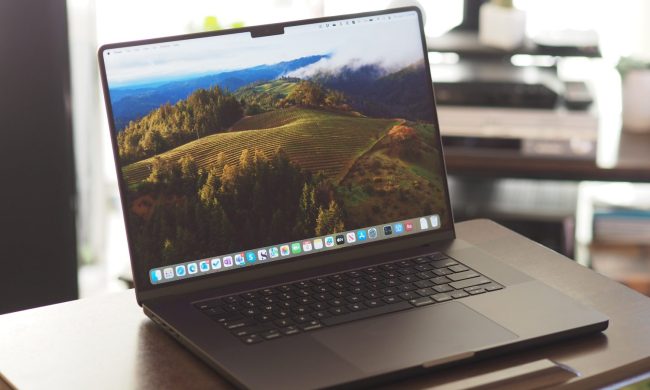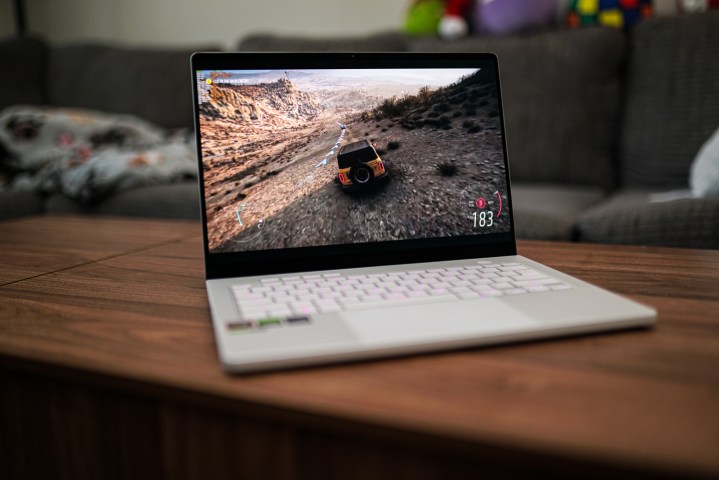
There’s no other laptop quite like the MacBook Pro right now.
In particular, I’m talking about the 14-inch MacBook Pro with the M3 Max under the hood. The way this laptop balances performance and portability just hasn’t been seen before.
But it’s getting some serious competition, and it’s coming from an unexpected place. The ROG Zephyrus G14 is a gaming laptop, yes, but its new model this year is the closest thing we have to a MacBook Pro killer.
Design
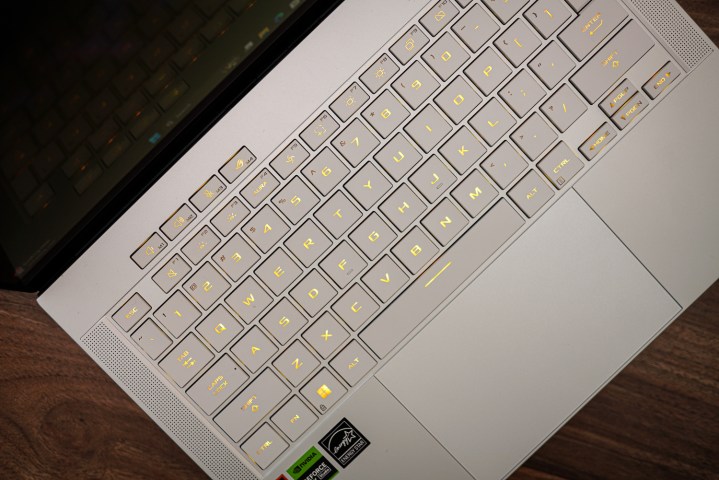
At first blush, you wouldn’t think these two
I’m not going to pretend that someone who’s turned off by even hints of the gaming aesthetic isn’t going to notice them on the G14. They will, and it’ll likely turn them off. But it’s about as toned down as I could imagine it being.
And there are some big changes in this year’s redesign of the G14 that inch it toward more of a MacBook-like aesthetic. First of all, it comes with an option for a light silver chassis — something that’s foreign in the world of

It also comes with an enlarged trackpad, now stretching to nearly the entire depth of the palm rests. The keyboard is flanked by two speaker grilles, another feature of the MacBook Pro that’s been ported over. The two
But the biggest (and most important) similarity is in the size. The ROG Zephyrus G14 is 0.64 inches thick and weighs 3.31 pounds, slightly thicker and slightly lighter than the MacBook Pro. It’s the most portable gaming laptop ever made that can fully power an RTX 4070 (or even an RTX 4060, for that matter).
Performance
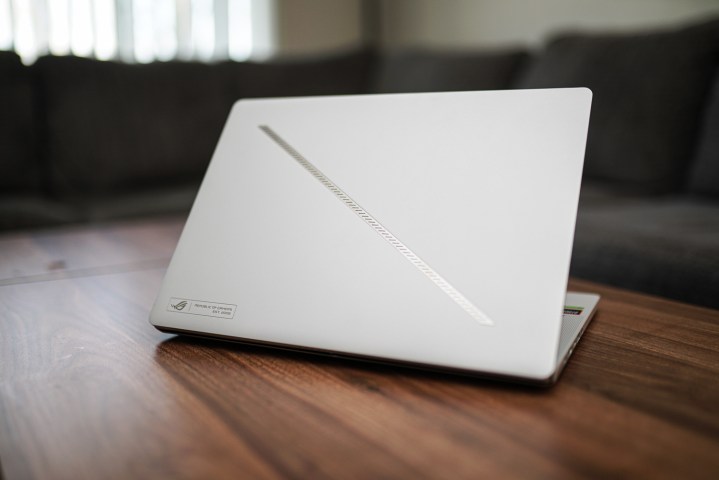
Apple offers the same chip options in both the 14-inch MacBook Pro and 16-inch MacBook Pro. Astoundingly, even with the M3 Max, the two sizes of laptop perform very similarly.
That same logic doesn’t tend to apply to
Obviously, the G14 is a far better gaming laptop than the MacBook Pro, but as tested in some head-to-head benchmarks, there’s still a bit of a divide between these two
| ROG Zephyrus G14 | MacBook Pro (M3 Max) | |
| Cinebench R24 (single-core) | 103 | 139 |
| Cinebench R24 (multi-core) | 948 | 1522 |
| Cinebench R24 (GPU) | 11511 | 12765 |
| Pugetbench Premiere Pro | 7430 | 8046 |
And this is important, because it really comes down to what these
It’s hard to overstate how incredible it is that the M3 Max can still outperform a laptop with a discrete GPU like the RTX 4070 using just the integrated graphics of the system on a chip (SoC).
We don’t have exact data on it, but the G14 would likely be a much closer competitor to the M3 Pro. And as you’ll see, that’s actually a closer match in terms of pricing too. But the ROG G14’s inability to compete with the top-end MacBook Pro means those that need the absolute best performance in video editing, for example, will still find themselves turning to the MacBook Pro.
The price is right
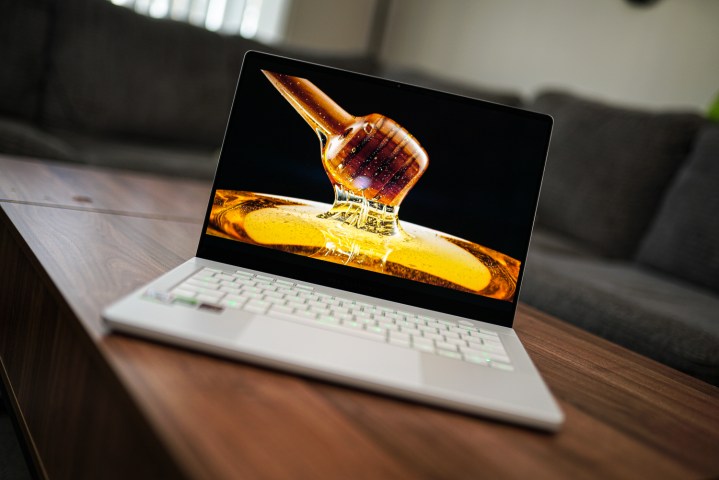
The ROG Zephyrus G14 is considered a pricey
Now, we can’t get an apples-to-apples comparison in terms of the CPU and GPU for the MacBook Pro, but the vast chasm in price is pretty obvious.
Even an M3 MacBook Pro with 24GB of
That price difference will become even more apparent when there are some cheaper configurations of the ROG Zephyrus G14 available, such as a 16GB model with an RTX 4060. This is one of the strongest aspects of the G14’s comparison against the MacBook Pro. You’re saving hundreds and hundreds of dollars by going with the G14 — or just getting a lot more for your money. Aside from all the positives of gaming, the G14 just provides a ton of value compared to the MacBook Pro.
The overall value
Of course, there are some things that factor into the price that are a bit harder to quantify. Take the speakers, for example. The MacBook Pro has a set of speakers on it that just can’t be dethroned. In fact, it’s not even close. Battery life is a similar story, as the MacBook Pro is just on a different level in terms of time away from the outlet. It’s hardly worth talking about, because no x86 Windows laptop can even come close.
And lastly, the MacBook Pro also has all the benefits of being part of Apple’s broader ecosystem, which is one of the primary reasons people are attracted to it in the first place. The G14 has that same ecosystem advantage when it comes to PC gaming, of course, but for people who also own an iPhone and iPad, the MacBook Pro complements them well.
But as a MacBook Pro alternative for someone wanting save a few bucks or stick with Windows, the Zephyrus G14 has emerged as the most convincing challenger. It can’t quite compete on the high end, but its handles its own balance between portability and performance with a lot of grace, while managing to undercut the MacBook pro in price by a significant value.

